Assembly Code:
lw R1, 0(R2)
add R4, R3, R1
add R3, R1, R4
What are the dependencies?
Fill the pipelining timeline if:
a. There is forwarding
b. There is no forwarding
Instruction 1 and 2 have a dependency for R1. Instruction 2 and 3 have a dependency for R4.
Below are my two attempts for part a and part b respectively:
Am I filling the pipelining timeline correctly?

